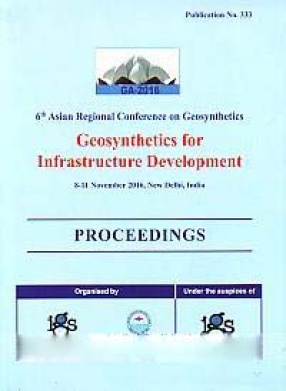It is well known that the collapse or severe damage to buildings during the occurrence of natural disasters such as earthquakes, cyclones and floods is the main cause for loss of lives of people and cattle and misery of the survivors. To minimize damage and disastrous impact therefore, mitigation strategy has to be focused on the safety of buildings for the safety of their occupants. The first step to prepare a worthwhile strategy towards disaster reduction is to map the hazard prone areas and analyse the risk of damage to the buildings due to the hazards. The Vulnerability Atlas of India presents for each state and Union Territory of India the earthquake hazard map, the cyclone and wind hazard map, and the flood prone area map. These maps show not only the boundaries of the hazard zones of various intensities but also indicate district-wise areas lying in the different intensities. For each of the districts, the housing stock as per 1991 census, the classification of the houses based on their wall material and roof type, the area of the district lying in a particular hazard intensity zone and the risk to the house types according to the intensity of the hazards is presented in a separate table. The information so presented can be made use of by the readers as follows: A householder can use the maps to locate himself in his district boundary and find the intensity of earthquake or wind hazard applicable to his locality. He can also find if his place is prone to floods or storm surge from the sea. From his district table, he can find for himself the level of risk that exists to the type of his own house. If he finds that the situation is risky, he should take appropriate action to upgrade and strengthen his house to meet the threat of the hazard. The disaster manager of the district can easily determine the location and percent of area of the district most suceptable to hazard occurrences, the probable maximum hazard intensities, the type and number of housing units existing in the district and the risk from the hazards. Knowing the extent of the problems of future disasters, the district authorities can formulate development plans for (a) preventive actions required for hazard resistant construction, retrofitting and upgrading of existing buildings, (b) reducing the impact of different types of hazards, (c) installation of a warning system and required drills for its use, (d) setting up a hierarchical structure for preparedness down to the village level, (e) training of manpower for various tasks in the emergency, (f) implementation of land zoning regulations in flood plains and coastal areas and building byelaws with disaster resistant features in various towns and cities, etc. Members of State Legislatures and the National Parliament can study the hazard problems in their constituencies and propose disaster mitigation programmes for their districts and the whole State for inclusion in the annual State Plans and the National Five Years Plans. The State and National authorities and Planning Commission may identify the districts most prone to severe disaster situations and those with multi-hazard situations requiring priority action in future planning, formulating integrated mitigation policies covering Awareness, Education and Training, Preventive and Preparedness Measures, Improvement in Warning Systems, etc. The Vulnerability Atlas, therefore, has been structured to serve as a tool towards natural disaster prevention, preparedness and mitigation for housing and related infrastructure at local as well as national levels.
Vulnerability Atlas of India: Earthquake, Windstorm and Flood Hazard Maps and Damage Risk to Housing, 1997
In stock
Free & Quick Delivery Worldwide
Bibliographic information
Title
Vulnerability Atlas of India: Earthquake, Windstorm and Flood Hazard Maps and Damage Risk to Housing, 1997
Author
Edition
1st ed.
Publisher
Length
xx+350p., Maps; Tables; 31cm.
Subjects








There are no reviews yet.